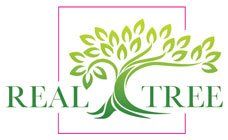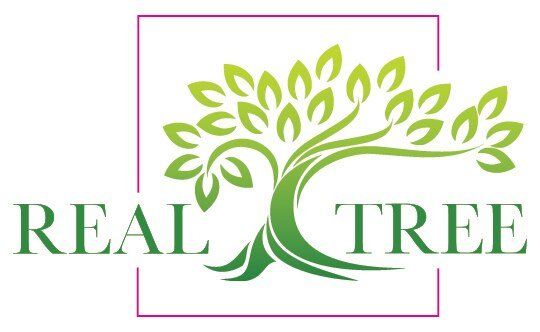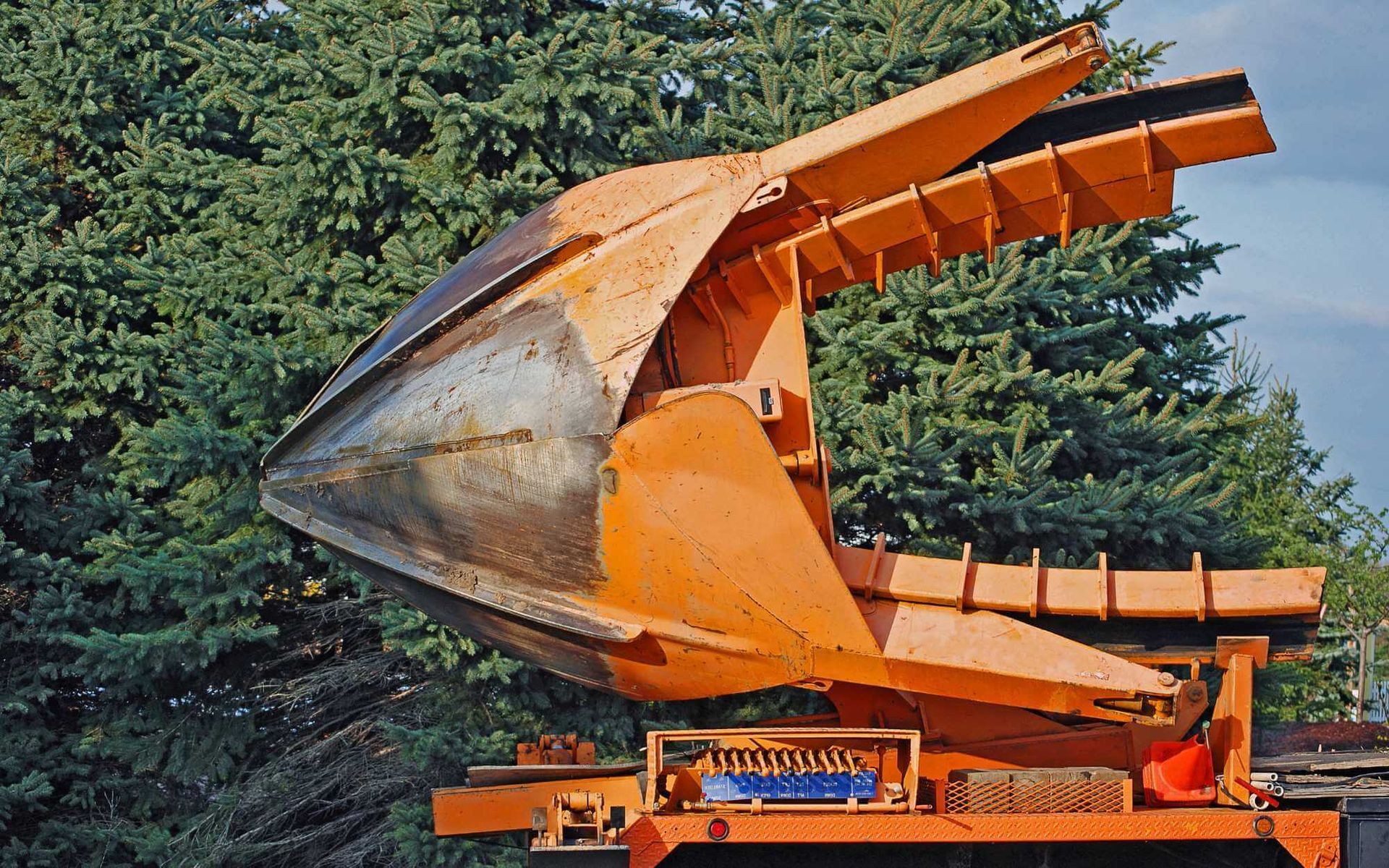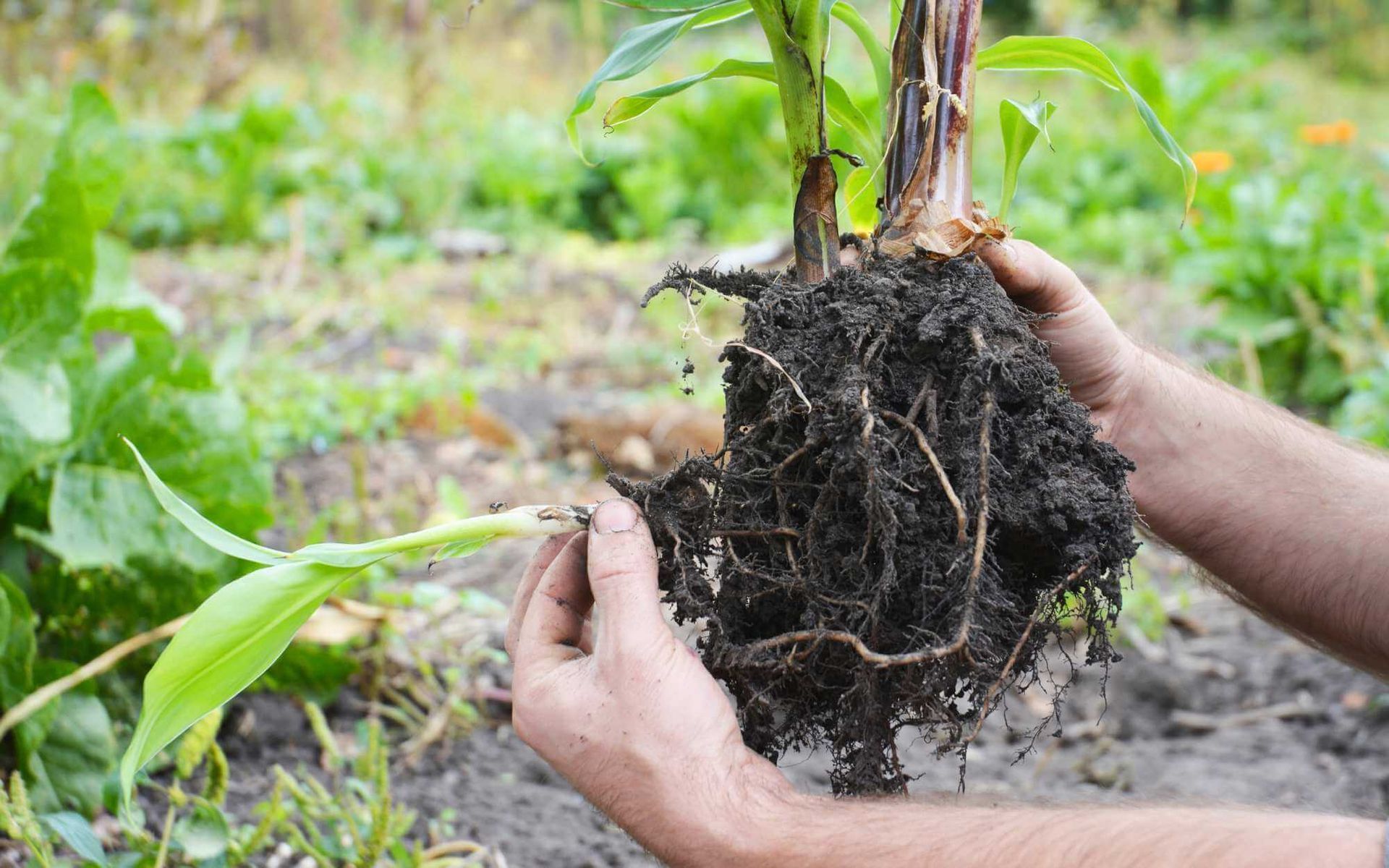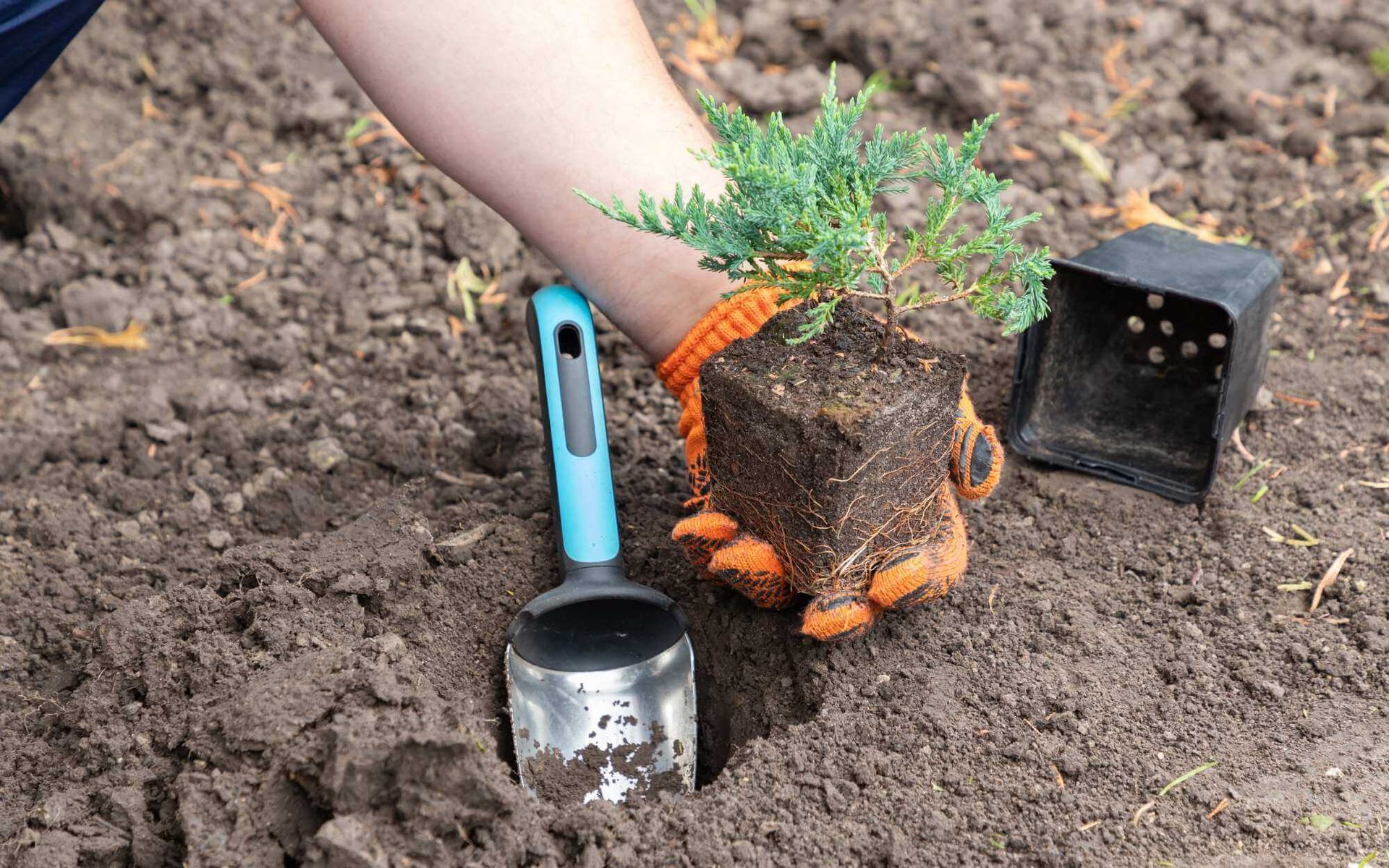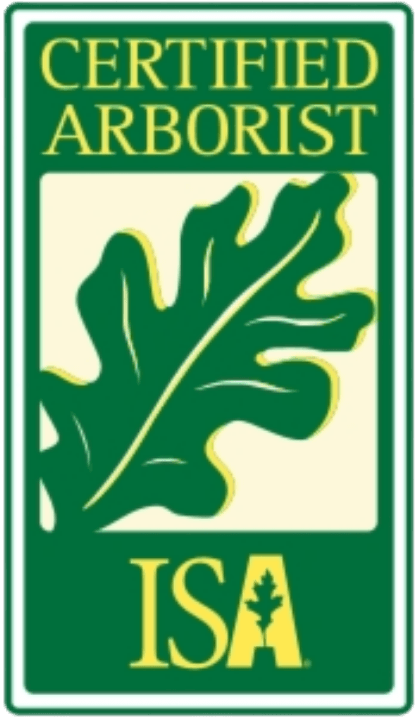How to Conduct Tree Risk Assessment for Safety
PUBLISHED ON
SHARE THIS ARTICLE
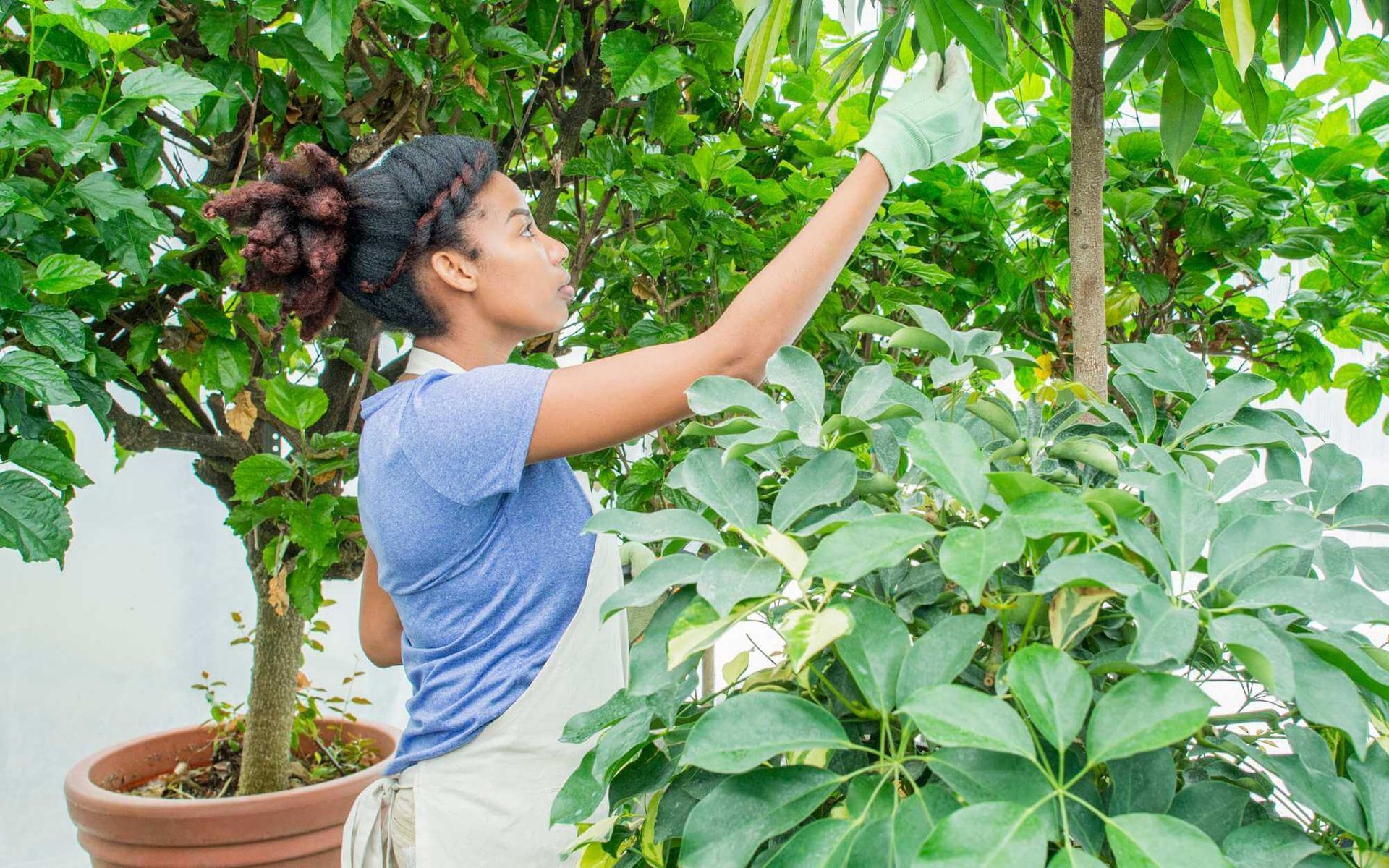
While trees add beauty to our environment and provide us with oxygen, they can also pose risks to people and property if not properly assessed or managed.
Tree risk assessment is a vital process that ensures the safety of everyone in a community, as well as the longevity and health of the trees themselves. Knowing how to properly assess the risks presented by trees can prevent accidents, protect property, and even save lives.
In this blog, we will delve into the importance and methodology of
conducting tree risk assessments for safety.
Understanding Tree Risk Assessment
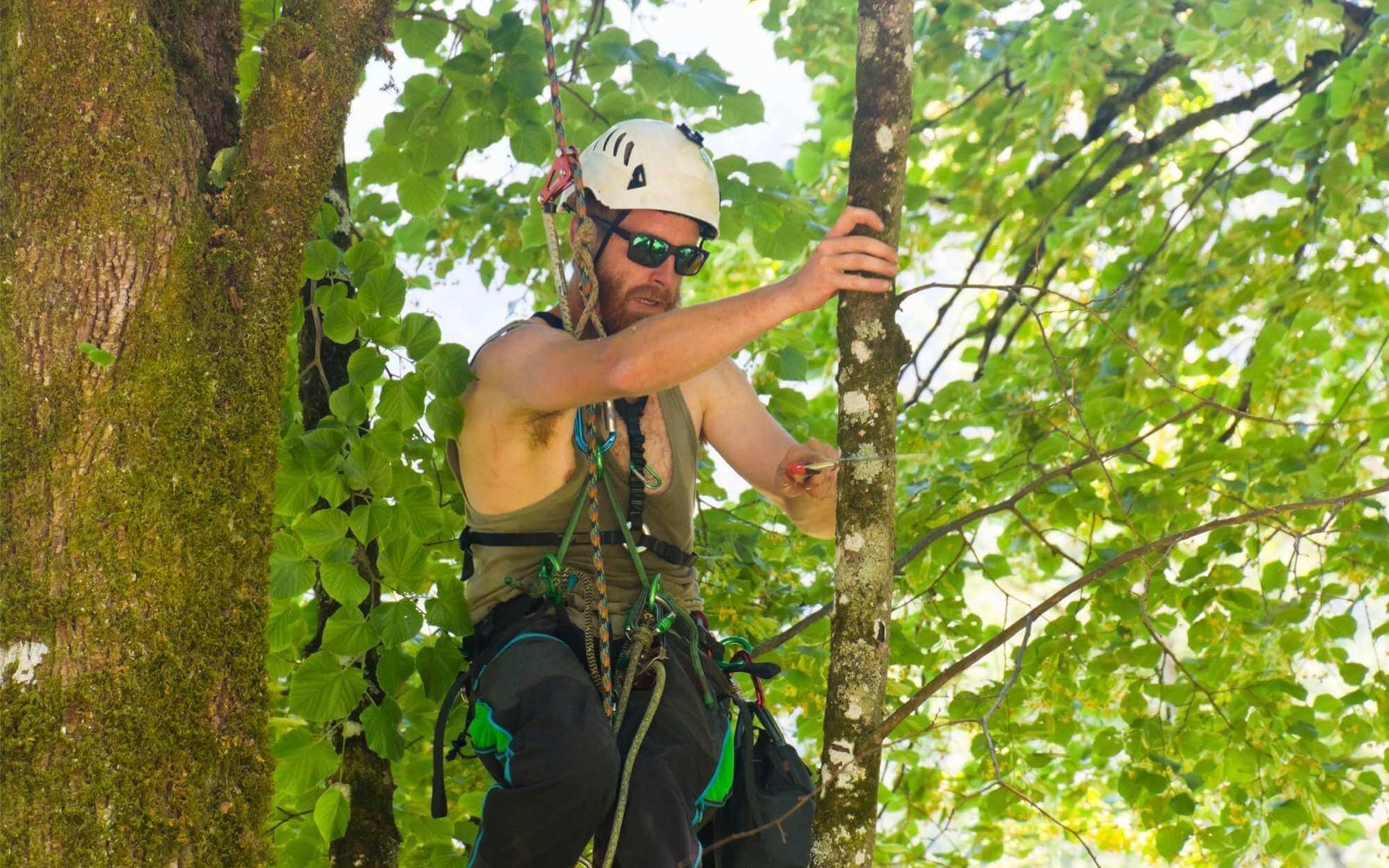
Tree risk assessment is a systematic process used to identify potential hazards posed by damaged trees. The purpose of this evaluation is to estimate the likelihood of a falling tree or its parts that can cause harm to people or property.
By assessing tree risks, we can take proactive measures to mitigate these hazards, thereby ensuring the safety of both individuals and infrastructures. Regular risk assessments can maintain the tree's health, preventing diseases and pests that can weaken trees.
Ultimately, this preventative measure safeguards our communities, preserves the natural beauty of our environment, and contributes to urban forestry's sustainability.
Key Steps in the Tree Risk Assessment Process
There are several tree risk assessment methods, but they all follow a similar process.
Identifying potential hazards and risks: The first step in tree risk assessment is evaluating the risk of failure. This includes visual assessment of factors such as tree species, age, health, location, and proximity to structures or high-traffic areas.
Evaluating tree condition and structural integrity: After identifying potential hazards, we must examine the tree's overall health and structural integrity. This involves inspecting for signs of decay, disease, pest infestations, or physical damage.
Determining risk rating: Based on the above evaluations, trees can be assigned a risk rating. A particular tree is high-risk if it requires immediate attention and management, while low-risk trees may only need regular monitoring.
Implementing significant risk management strategies: Once the level of risk has been identified, appropriate management strategies can be implemented. This may include pruning, removal, or other methods to mitigate potential hazards and maintain tree health.
Tools and Techniques for Hazard Assessment

Assessing trees combines traditional methods and modern techniques. Visual inspections and tree climbing give a preliminary overview of a tree's health, allowing for the identification of visible signs of decay, pests, or structural issues.
For a more in-depth examination, advanced technologies such as sonic tomography can be used to detect internal decay and structural integrity, providing a comprehensive picture of the tree's condition.
Consulting with certified arborists or tree risk assessors is highly recommended for their expertise and extensive knowledge in analyzing risks and suggesting appropriate management strategies.
Together, these methods create a holistic approach to assessing hazard trees.
Mitigation and Management of Tree Risks
Mitigation of tree risks involves multiple strategies.
Regular pruning maintains structural integrity, while targeted removal eliminates high-risk trees. Advanced techniques like cabling or bracing provide structural support to trees, reducing the likelihood of failure. For infected trees, treatment of disease or pest infestation can restore health. Conservation of mature trees is crucial, as they're more resilient.
Regular monitoring is essential to assess changes in health or condition over time. Certified arborists can provide expert guidance on mitigation strategies, ensuring both the safety and preservation of our valuable tree resources.
Implementing these measures ensures ongoing safety while maintaining the benefits trees offer.
Conducting Tree Risk Analysis to Avoid Tree Failure
Tree risk assessment is essential for the safety of our communities and the longevity of trees. It helps identify potential tree hazards, enabling us to mitigate risks proactively. Prioritizing tree safety and conducting regular assessments is critical, not just for safety but also for the preservation of our environment.
Let's make our surroundings safer and greener - start your
tree risk management with Real Tree Trimming & Landscaping, Inc. today!
Want a free quote or some friendly advice? Call our team today:
